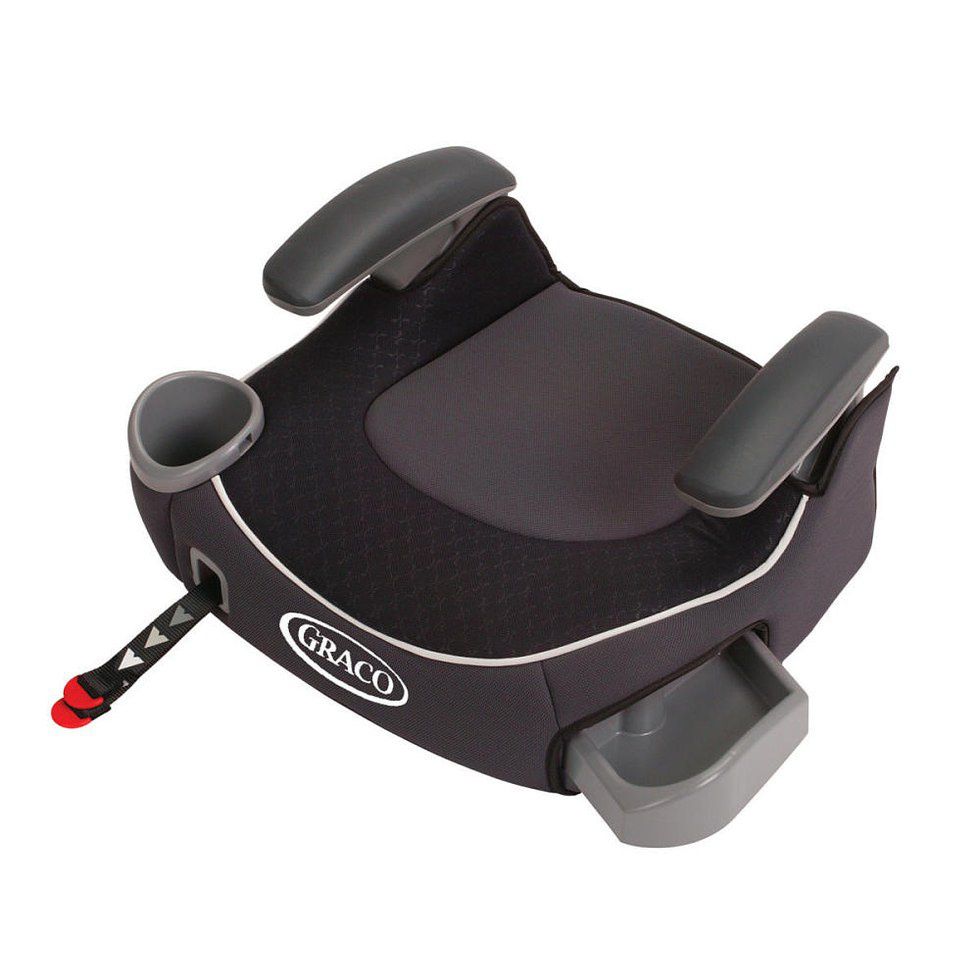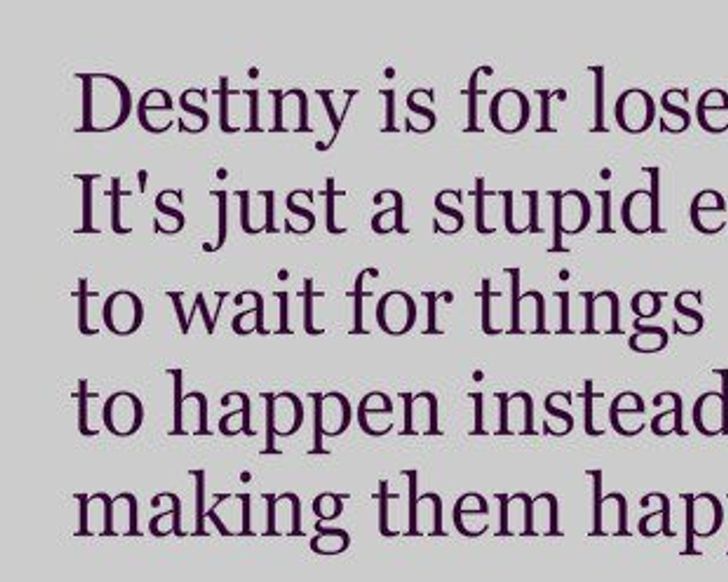Taxi and delivery services, education, lifestyle, and health applications are the most on-demand platforms today, for sure. These kinds of apps bring solutions to our lives, easing and revolutionizing the way services are delivered. Several years in a row Uber is a leader in the service application market. Naturally, there is a huge demand for Uber-like solutions.
BTW: Recently Uber has made its API public, meaning you can connect to its software and extend the functionality of your current business. It is possible to start with on-demand taxi app development and offer the delivery option, especially if you are a small local retailer, restaurant, or bar.
To support this fact, it should be pointed out that apps like Uber and Lyft completed almost 35 million more rides than standard taxis in NY in 2017. Aside from that, Statista predicts that the annual growth of the global ride-hailing service market will reach $126,521 million by 2025.
Let's find out, Uber works and what is needed to create an Uber-like application.
5 phases of Uber work
Uber work mechanism consists of the following 5 steps:
- Request step: User requests the chosen destination and getting the ride fare, depending on the service and type of Uber app.
- Verification step: Here the user confirms the pickup coordinates.
- Ride matching step: The application finds the nearest car, sending the order to the driver. Order can be accepted as well as be declined. If declined, the request is sent to another driver.
- Payment step: When the order is fulfilled, the user is charged automatically. The application supports Android and Apple Pay systems as well as PayPal and debit cards.
- Feedback step: Leaving feedback is an important step in Uber. Users and drivers rate each other, which provides the fairest experience for both parties.
Before deciding to develop an app like Uber, one must consider the application target group. Uber always was a user-oriented application. It is user-friendly, reliable, and convenient.
The Uber-like project consists of 4 connected components. These are:
- Passengers' app
- Drivers' app
- Admin panel for managing processes
- Analytical part for fares, databases, history, etc.
From the customers' perspective Uber-like applications have the following features:
- Simple registration and profile editing: The registration and later logging in is done either via email or any social media account. There is also the possibility of adding preferable payment methods or promo codes.
- Geolocation is an essential part of Uber-like applications. GPS and routing are used to locate the user's location and routing.
- Push notifications: This feature notifies concerning the driver and vehicle information, arrival and completing time, trip status, etc.
- Trip cost evaluation: Uber allows seeing the cost calculation before booking the cab.
- Leaving feedback and contact: Along with the possibility to rate each other, users have also the opportunity to review drivers' contact, send and receive text messages.
- Customer support: 24/7 assistance is also available on the Uber application.
- History: Users can easily access the information concerning the booking history, change payment method, the report regarding an accident, or other accidents.
From the riders' perspective Uber-like applications have the following features:
- Order alert: Notifies about new trip orders with the ability either to accept or decline.
- Verification- the checking and verification of drivers' insurance, driving license is done from the administrative panel.
- Messages: Uber has an option for drivers and passengers for sending messages to each other.
- Route optimization, navigation: Integrated with Google maps and Apple integration system, allows drivers to choose the best route to the pick-up location.
- Revenue reports: This feature is designed for giving the data concerning drivers' earnings on a daily and monthly basis.
- Push notifications are for notifying about all the changes on pickup location as well as on request status, or route changes.
Uber-like application making technologies
Basic apps like Uber should allow users to order a trip, sending trip requests, process online payments, and locate routes using Google Maps API.
How much does an app like uber cost?
The cost of developing an Uber-like application depends on many factors, including the development team type. In the case of an in-house USA based team, the costs are:
- Driver component: $27,000 – $58,000
- Passenger component: $109,080 – $200,000
- Admin panel: $26,000 – $36,000
- Total cost: $163,000 – $249,000
In the case of outsourcing, prices can be lower, depending on the development team's geolocation.
Sure, this is a short list of features and costs of how to making an Uber-like application, however, the full list depends on the app's complexity, development team geolocation, features included, involvement, etc.




















